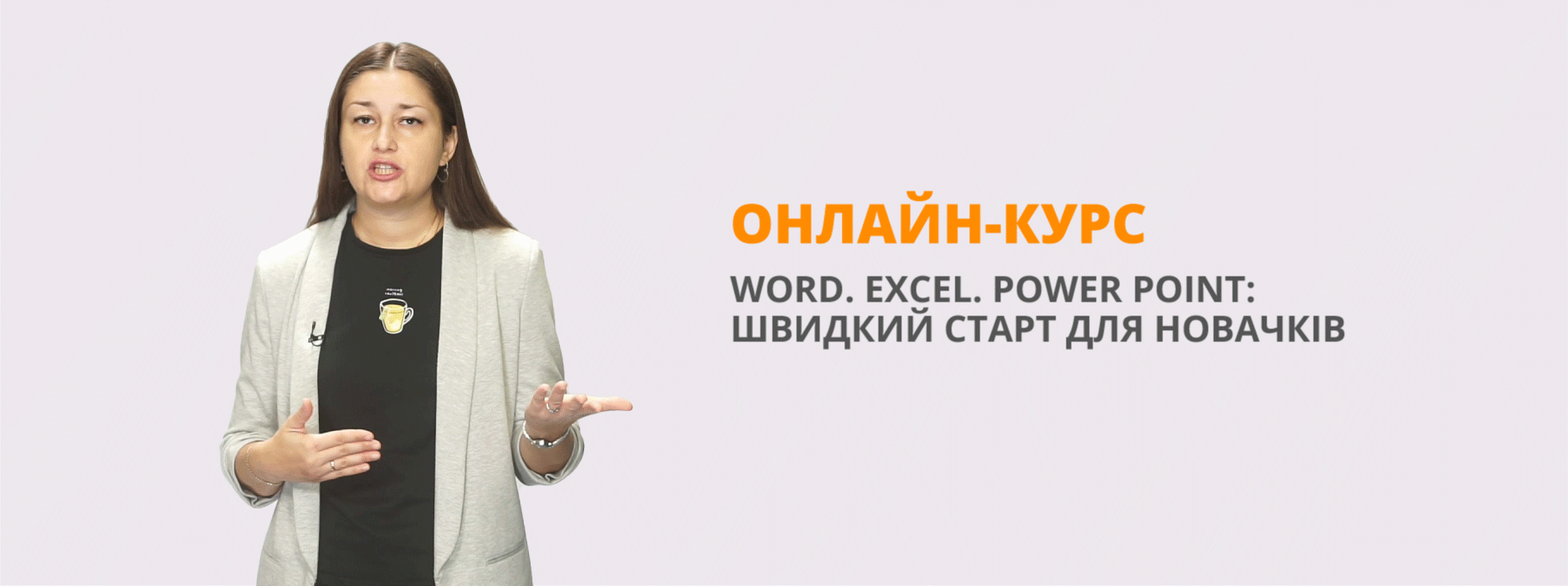'Understanding GPT (Generative Pre-trained Transformer): A Revolution in Natural Language Processing"
![]() Understanding GPT (Generative Pre-trained Transformer): A Revolution in Natural Language Processing
Understanding GPT (Generative Pre-trained Transformer): A Revolution in Natural Language Processing
Introduction
In the ever-evolving world of artificial intelligence, GPT, or Generative Pre-trained Transformer, has emerged as a groundbreaking innovation in the field of natural language processing. Developed by OpenAI, GPT has garnered significant attention for its ability to generate human-like text and perform a wide range of languagerelated tasks. In this article, we'll delve into the essence of GPT, its evolution, and its profound impact on various industries.
What Is GPT?
GPT, short for Generative Pre-trained Transformer, is a type of artificial neural network architecture specifically designed for natural language processing (NLP) tasks. This technology represents the intersection of deep learning, generative models, and transformers. GPT models, at their core, use a transformer architecture, which was originally introduced in the "Attention Is All You Need" paper by Vaswani et al. in 2017. The central idea behind GPT is pre-training and fine-tuning. The model is pre-trained on vast amounts of text data, learning to predict the next word in a sentence, which equips it with a deep understanding of grammar, context, and semantics. Subsequently, GPT can be fine-tuned on specific tasks, such as language translation, text summarization, or question-answering, making it incredibly versatile.
The Evolution of GPT
Since its inception, GPT has seen several iterations, each more advanced than the last. Here are the key milestones in the evolution of GPT:
GPT-1: The original GPT model, introduced in 2018, marked the beginning of this groundbreaking technology. It had 117 million parameters and demonstrated impressive language generation capabilities.
GPT-2: Released in 2019, GPT-2 was a scaled-up version with 1.5 billion parameters. Its release sparked controversy and discussions about potential misuse, leading OpenAI to initially withhold the full model due to concerns about generating fake news and malicious content. GPT-3: GPT-3, unveiled in June 2020, is the most famous iteration, boasting a staggering 175 billion parameters. It can perform a wide range of NLP tasks, including translation, text generation, and even coding assistance.
GPT-3 has been adopted across various industries, from healthcare to content generation.
GPT-4 (Hypothetical): As of my last knowledge update in January 2022, there was no official information regarding GPT-4. However, it is likely that OpenAI has continued to improve and expand the capabilities of GPT models since then.
Applications of GPT
GPT has revolutionized various industries and domains. Here are some of its most prominent applications:
Content Generation: GPT can automatically generate high-quality content for blogs, articles, and marketing materials, saving time and effort for content creators.
Customer Support: Many businesses employ GPT-powered chatbots to provide instant customer support by answering frequently asked questions and resolving common issues.
Language Translation: GPT's multilingual capabilities make it a powerful tool for language translation, bridging communication gaps globally. Medical Diagnosis: GPT can assist healthcare professionals by analyzing patient records and medical literature to provide insights and suggestions for diagnoses and treatment plans.
Text Summarization: GPT can automatically summarize long documents, making it easier for professionals to extract key information from lengthy texts.
Code Generation: Developers can use GPT to assist in code generation, offering suggestions, fixing errors, and speeding up the software development process.
Challenges and Ethical Concerns
The rise of GPT has raised several ethical and practical concerns.
These include: Bias in Language: GPT models can inadvertently perpetuate biases present in the training data, leading to biased or politically incorrect outputs.
Misinformation: GPT's ability to generate text can be misused to spread false information and fake news, making it a tool that requires responsible usage.
Privacy: The generation of realistic-sounding text could lead to privacy concerns, with malicious actors using GPT to create convincing phishing emails or messages.
Economic Impact: GPT's capability to automate content creation and other tasks could have economic implications, potentially affecting certain job markets.
Conclusion
Generative Pre-trained Transformer (GPT) has ushered in a new era in the field of natural language processing. Its evolution, from GPT-1 to GPT-3, showcases the remarkable progress made in just a few years. GPT's versatility and applications have the potential to transform industries and the way we interact with technology, but it also comes with significant ethical considerations. As GPT continues to evolve, it is crucial for developers and society as a whole to ensure responsible and ethical use of this powerful technology.


про публікацію авторської розробки
Додати розробку
